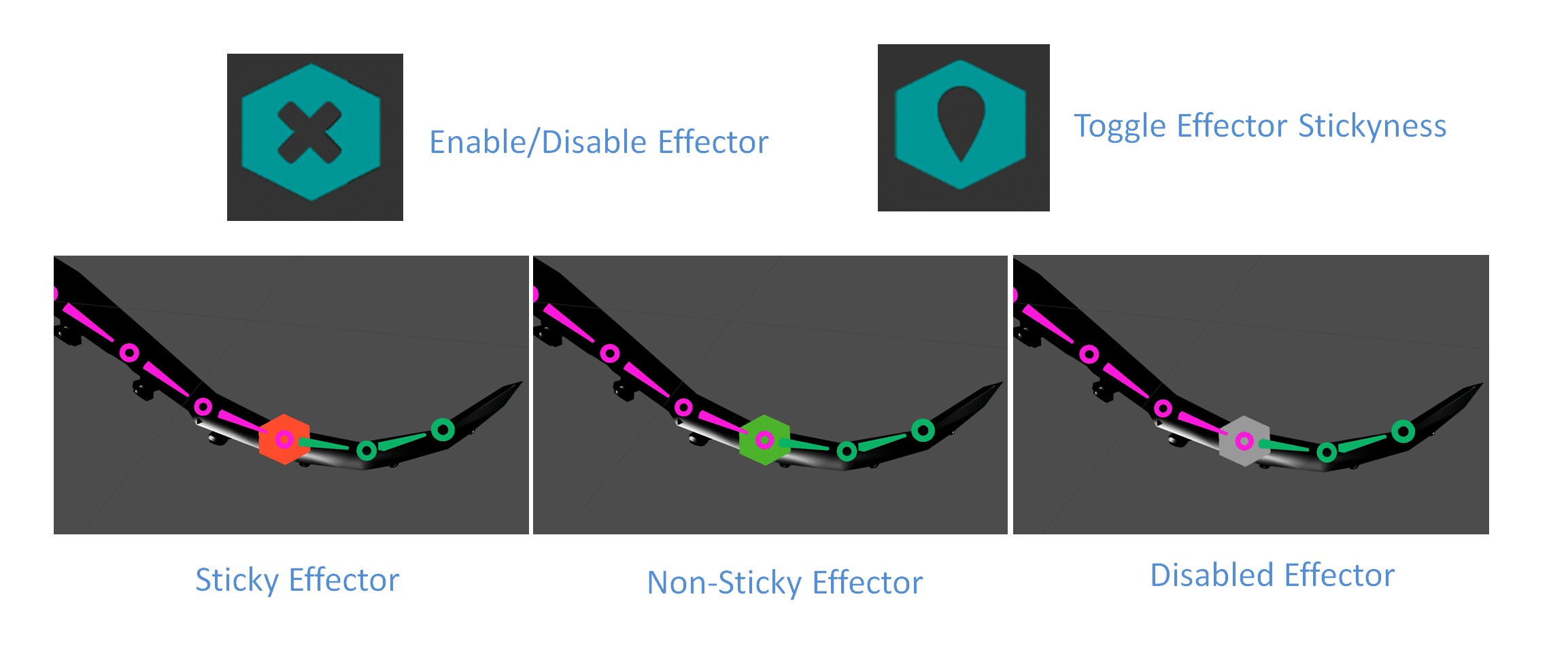

However, be aware that, as products become increasingly diversified, custom end-of-arm tooling is also a good option to consider. That’s why we’ve created this comprehensive guide that outlines the different types of grippers available on the market. Keep in mind that EOA tooling is one of the most essential components for an efficient palletizing process. Many other factors can influence your choice: Space constraints, configuration, and many more. However, a custom EOAT can be quite expensive depending on what your requirements are. Is a customized EOAT right for you?Ī gripper customized for your production can give you peace of mind and increase your production’s efficiency. Grippers can be designed to fit your production line’s specific needs and can be customized to work with highly unique products. Think of it this way: You wouldn’t use a magnetic tooling for a polywoven bag, right? Weight of products handled by your EOATĪnother factor to consider is the product’s weight: the wrong gripper or type of clamp can damage or ruin your product. For example, is the product being handled made of plastic or carton? Or is it polywoven bags? All those products need to be handled in a different way to reach the highest level of efficiency.

There are, after all, a lot of details to consider when choosing the right EOAT. What kind of products does your line handle? Loose bundles? Big cases? Uneven trays? Because of this diversity in packaging, companies can find it difficult to know exactly what solutions best fit their needs. Here are a few factors to consider in your decision: Type of products handled by your EOAT There are a lot of different options for EOAT, and it can be a bit confusing to understand at times. The EOAT manipulates the product by using different techniques to hold it, depending on the product’s characteristics. End-of-Arm Tooling (usually referred to as EOAT or EOA tooling) refers to the material handling application on a piece of industrial equipment.


 0 kommentar(er)
0 kommentar(er)
